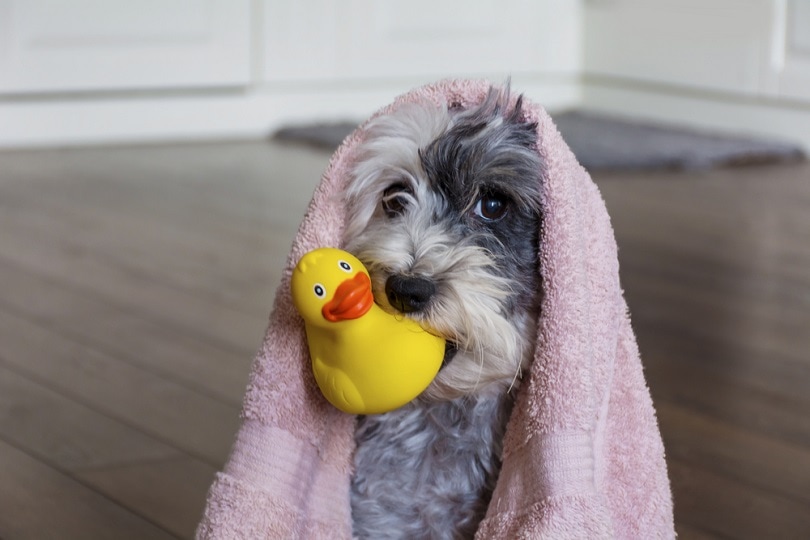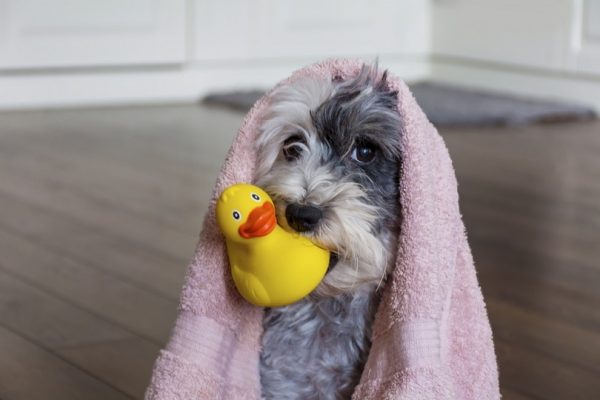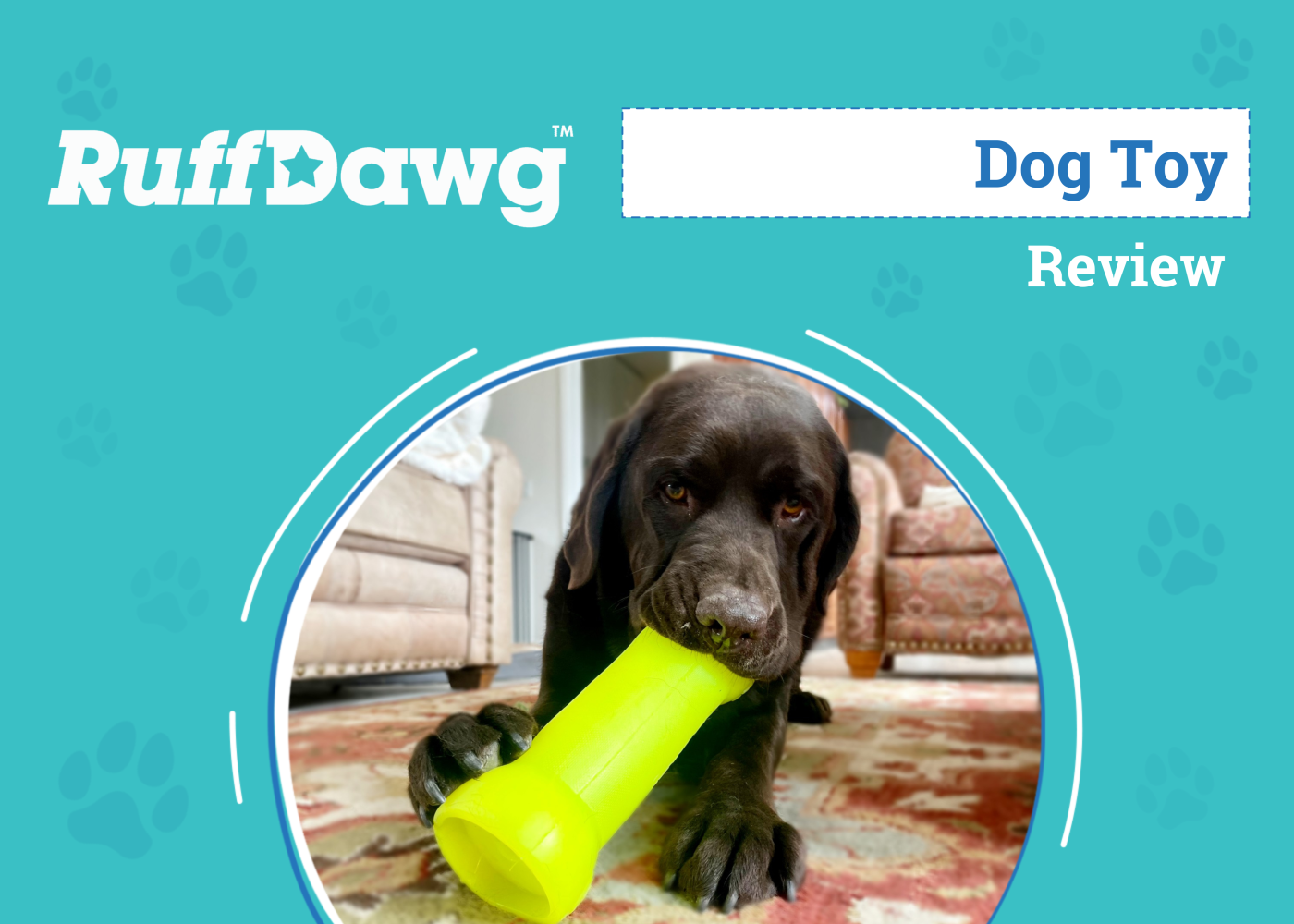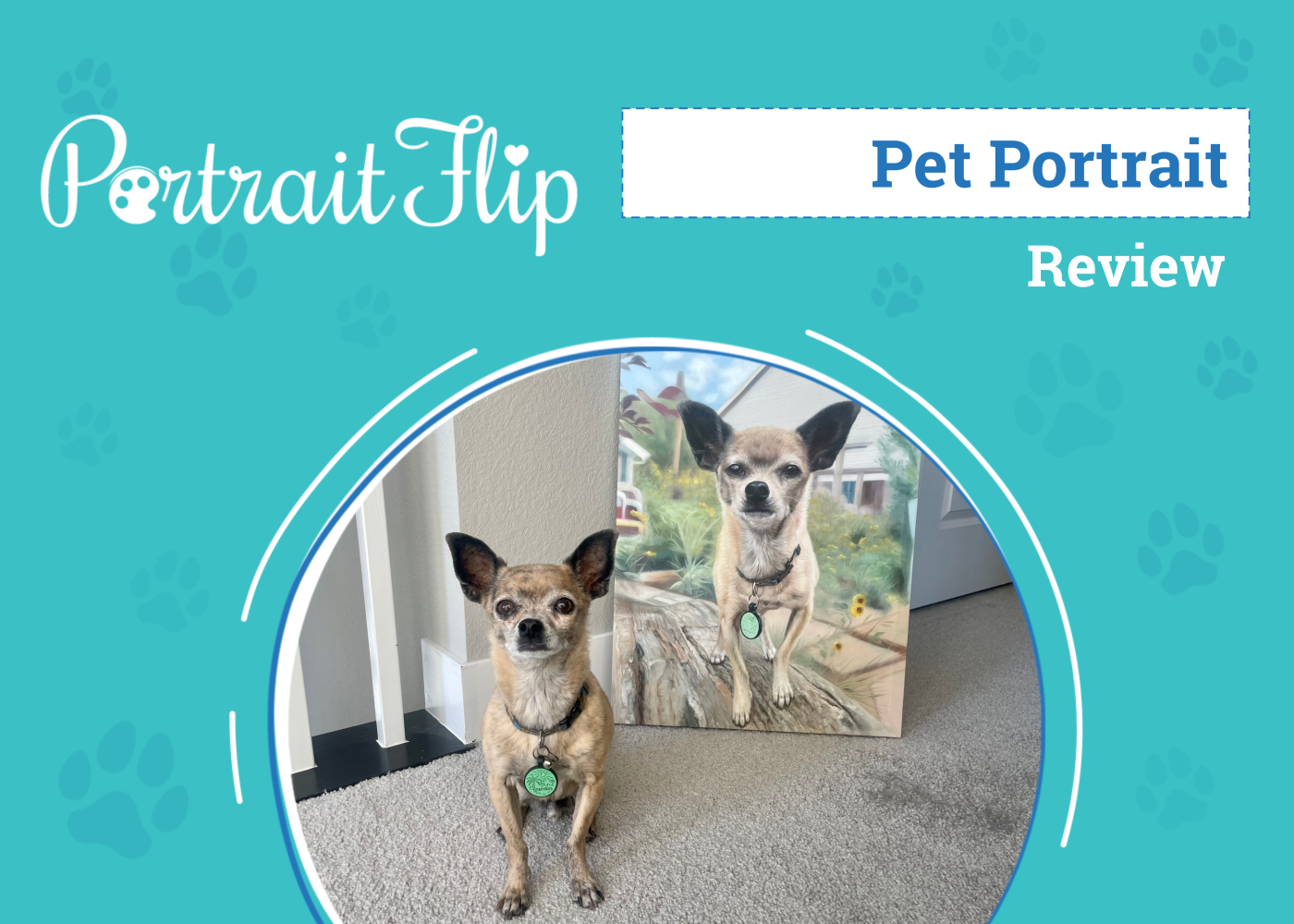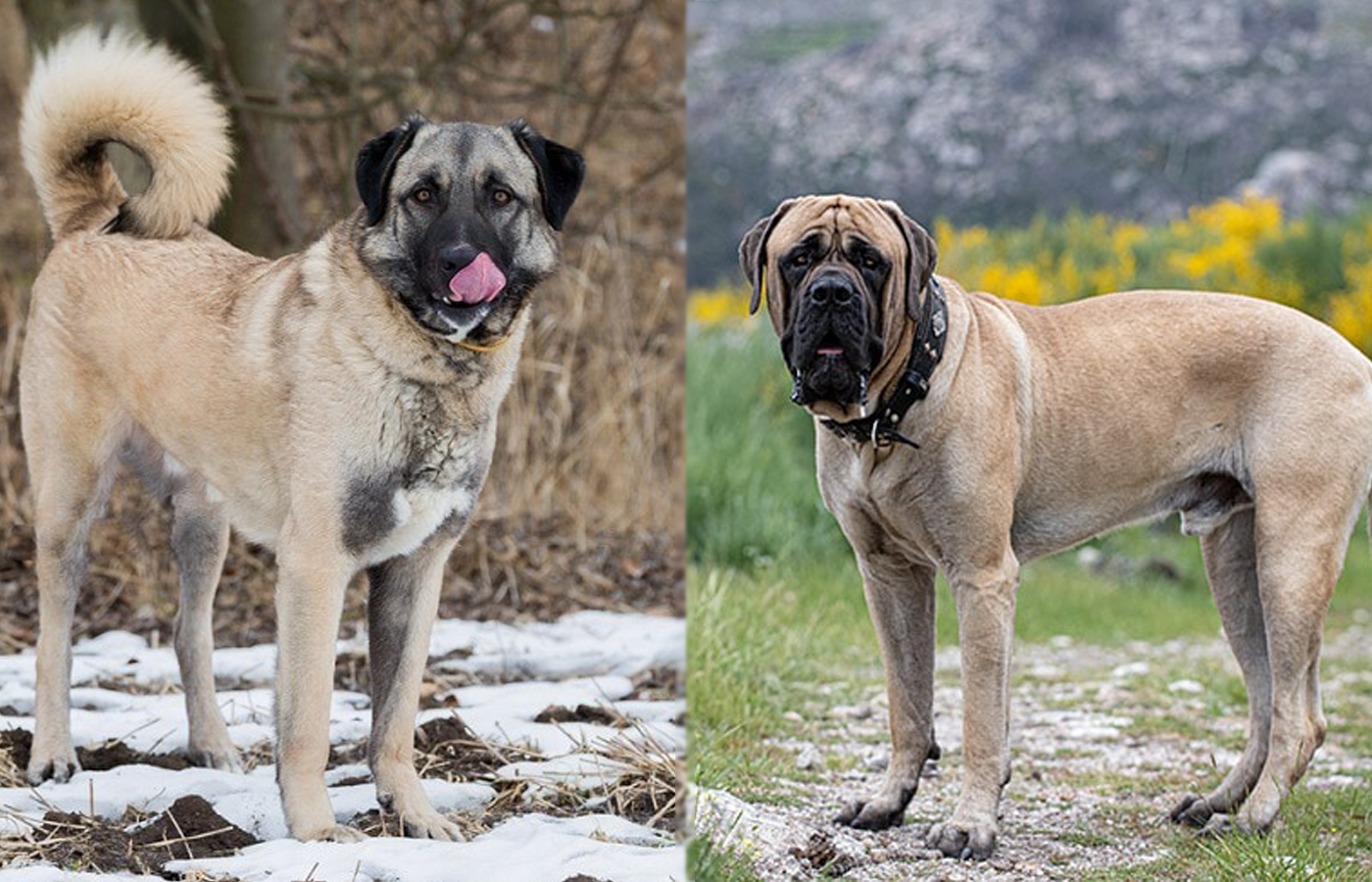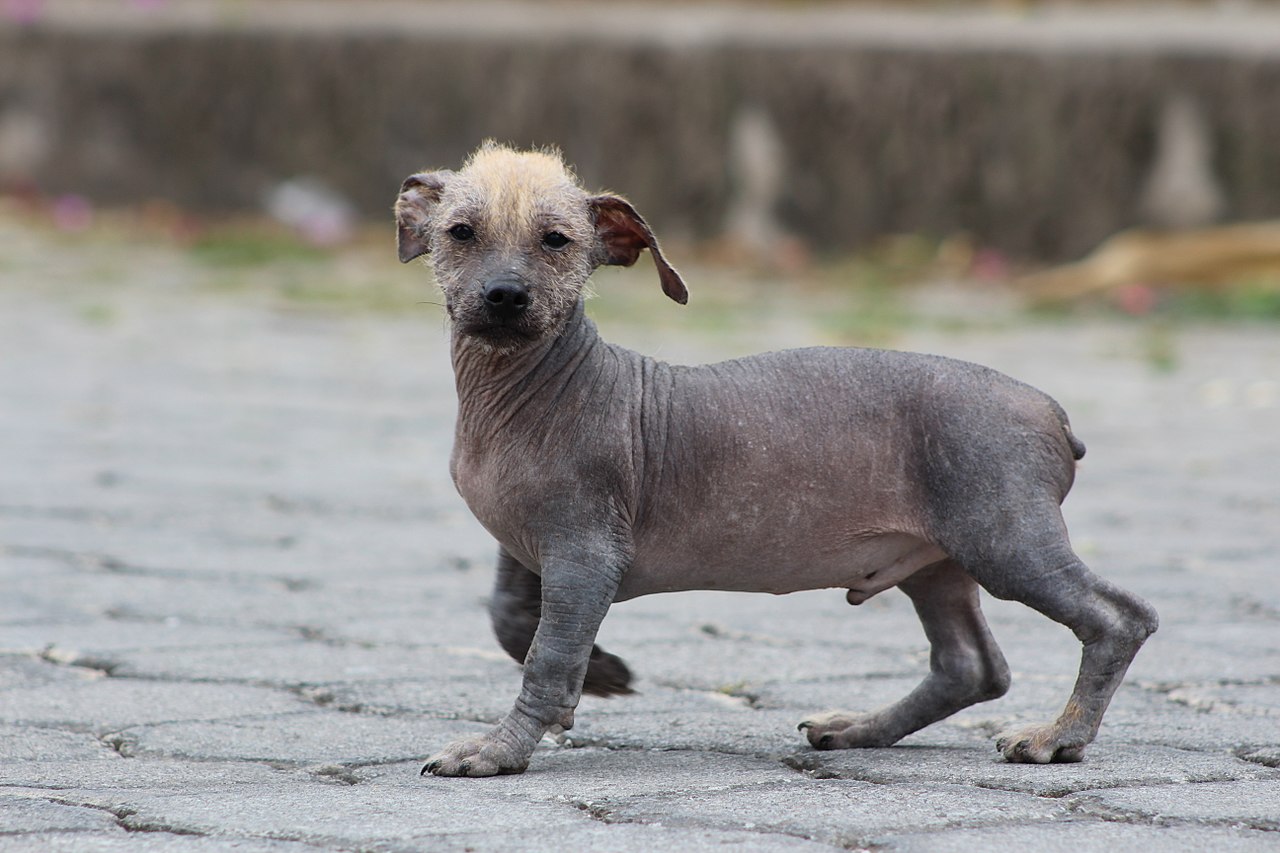If your dog needs a bath, drying your dog is part of the process. Letting your dog air dry can lead to musty smells, worse matting, and other problems. It’s possible to use a towel to dry your dog off and be done, but most groomers use blow dryers, and you can, too. If you are careful about the temperature, a handheld blow dryer is safe for your dog.
Here are five easy steps for going from bath time to dry fur with your dog.
The 5 Steps to Dry Your Dog After a Bath
1. Towel Down
Before you break out the hair dryer, get a good towel. The towel should be absorbent, with microfiber towels working best, and large dogs might need several towels. Don’t dry your dog’s fur by rubbing back and forth—this can be uncomfortable for your dog and tangle the fur. Instead, use the towel like a squeegee. Starting at your dog’s head, squeeze out excess water from the fur a few inches at a time. Squeeze as much moisture as possible so your dog is no longer dripping wet.
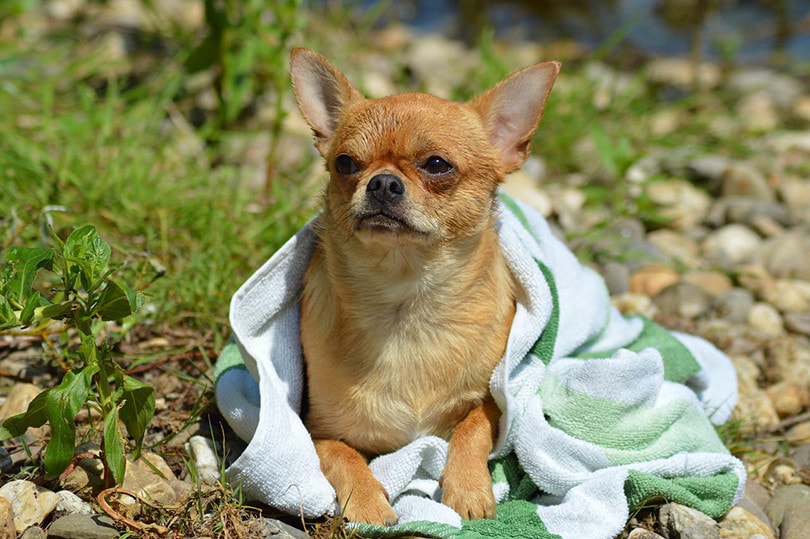
2. Choose the Right Dryer Temperature
In general, airflow and not heat help your dog get dry. But temperature is still important because it keeps your dog comfortable. If your dog is already wet, she probably won’t appreciate cool air blowing in her face. But you don’t want to burn her, as dogs have thinner skin than humans. It’s best to start with whatever setting is warmer than room temperature and be ready to warm it up if your dog starts shivering. If you will be blow-drying for a long time, occasionally switch briefly to cold air to avoid overheating your dog and dryer. Take a break if needed.
3. Up the Airflow
Blow dryers are noisy, and many dogs are afraid of them at first. Act excited, and slowly introduce your dog to the dryer. Start with it turned off and then turned on but away from the dog; treat often. When ready to dry, you can start on a lower airflow since it’s usually quieter. But over time, you should work up to the highest airflow you can. That’s because the higher the airflow, the faster your dog will get dry. Look for a blow dryer with a higher number of feet per minute or cubic feet per minute to help your dog dry faster. You can use a blow dryer designed for humans, but one built for dogs works even better and is usually quieter.
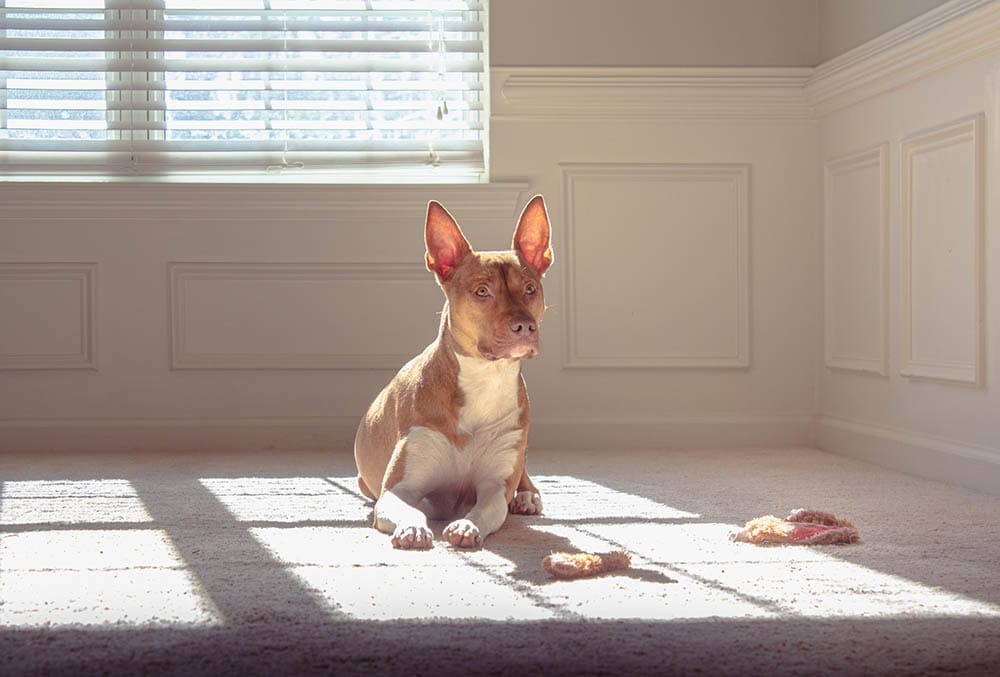
4. Work From Head to Tail
In general, your dog’s fur runs smoothly away from their head. Working from head to tail helps your dog be more comfortable and helps you dry the fur more smoothly. Move back and forth over a small area at a time, working your way down the dog’s body.
5. Brush Through Long Hair
As you’re working, if your dog has long hair, you might see tangles start to form. Use your fingers to brush through patches of longer hair as you dry so that it comes out smooth and tangle-free. You can also use a brush as you go, keeping your dog’s fur clean and free of tangles while drying. Brushing as you dry also helps you find any mats or spots you missed while washing.
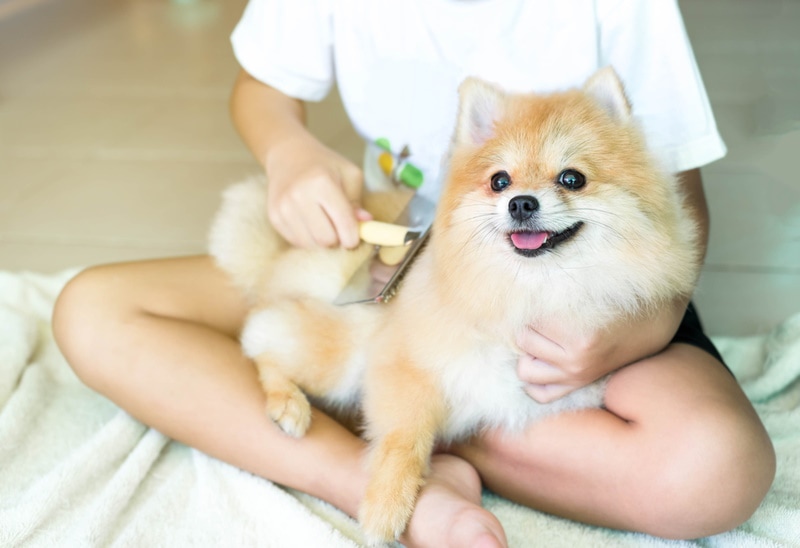
Last Thoughts
Not every dog will tolerate a hair dryer, but many dogs can learn to like the experience. Hair dryers are the best option for drying dogs’ fur because they leave the dog’s coat fluffy and soft while drying quickly. Learning the right technique for drying your dog is important so that the process will be as smooth and effective as possible. Be careful not to burn your dog, and watch closely for discomfort.
Featured Image Credit: Boryana Manzurova, Shutterstock

